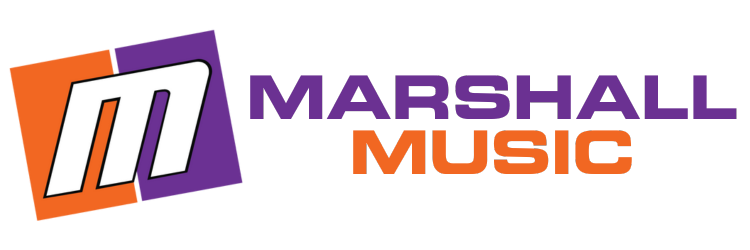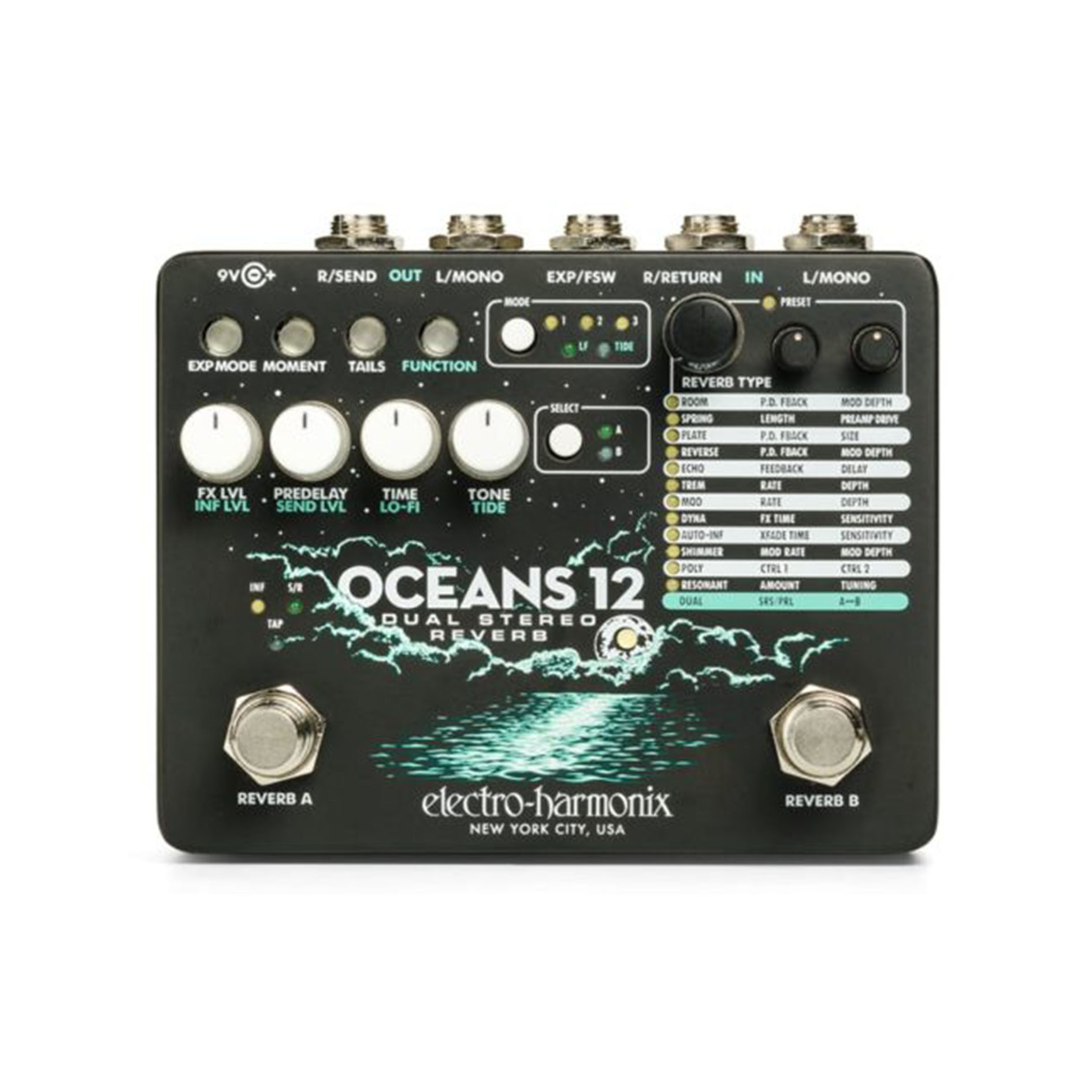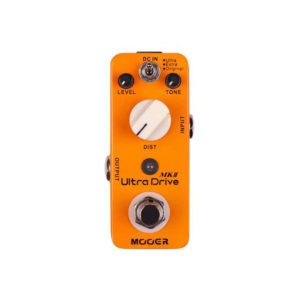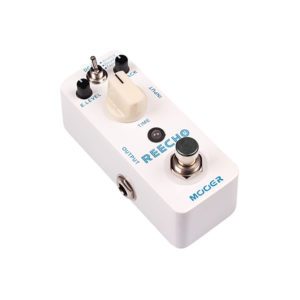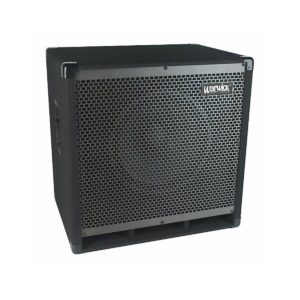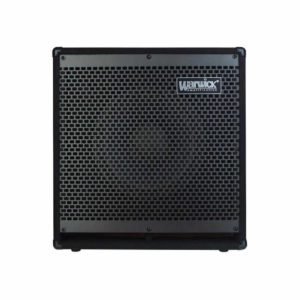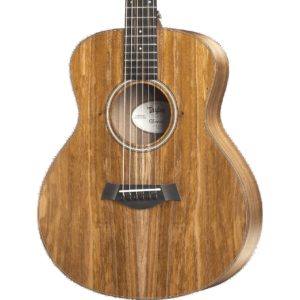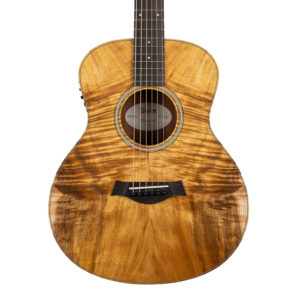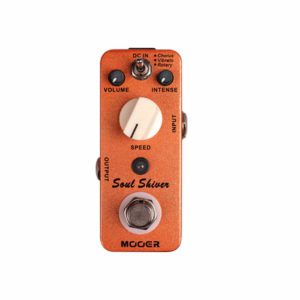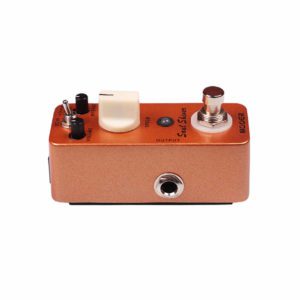Unlike the movie it shares a name with, the Electro-Harmonix Oceans 12 expands and improves the formula of its predecessor. With 29 reverbs ranging from classic to unconventional, dual reverb engines for separate or simultaneous reverbs in series or parallel, and full stereo functionality, the Oceans 12 offers expansive reverbs with a high degree of control over the shape and character of those sounds.
29 Reverbs
With a name like Oceans 12, you’d expect there to be at least one more reverb sound than the Oceans 11. In fact, with an extra reverb type and multiple modes per type, the Oceans 12 packs in 29 distinct sounds! You don’t just get 29 sounds in isolation either, with 2 reverb engines you can use them individually or combine two of them in series or parallel for richer and more complex sounds.
From traditional to experimental, the Oceans 12 has reverb to suit every style. On the more conventional end are the Room, Spring, Plate, Echo, and Trem types which offer vintage sounds and can add subtle life to your tone. All the reverb types in the Oceans 12 have 2 or 3 modes which change the character of the reverb for a different sound.
Moving into more modern and experimental territory are the Mod, Reverse, Dyna, Auto-Inf, Shimmer, and Polyphonic modes which are great for shoegaze and ethereal, ambient-sounding styles. These modes feature reverbs that can, fade in reverse, mix chorus and flange sounds, utilise experimental reverb algorithms, octave-shift, and pitch-shift. From these modes you can get wild, out-of-this-world sounds, taking you into less-familiar sonic territory.
New to the Oceans 12 is the Resonant reverb type which gets its character from tuneable resonators and has reverb tails affected by configurable self-oscillating filters.
Controls and Functionality
As the number of reverbs has increased, so has the control and functionality. The main feature here is the stereo functionality of the Oceans 12. With the I/O you can run the pedal in stereo, or as mono with a mono send/return (pre or post reverb optional). There’s also an expression pedal/footswitch jack for further expanding the functionality of the pedal.
You still get the FX Level, Time, and Tone controls for shaping your core sound, but you also get a Predelay for adjusting the time between your dry sound and the reverb sound, a Lo-Fi control, and an INF Level for controlling infinite attenuation. With stereo functionality comes stereo controls with a Send Level control, and a Tide Control for adjusting the stereo imaging. In addition, there’s a Tails button that allows you to switch between a hard cutoff or natural decay when you bypass the pedal.
Reverb Types
- ROOM – two modes: Lively room and spacious performance hall
- SPRING – two modes: vintage 1962 Fender® 6G15 tube reverb emulation and the algorithm from the EHX Holy Grail pedal
- PLATE – two modes: 60s and 70s studio-style metal plate reverbs
- REVERSE – two modes: reverse-fade reverb and reversed echoes
- ECHO – three modes: digital delay with various echo rhythms
- TREM – three modes: volume envelope with different shapes
- MOD – three modes: combinations of chorus and flange reverbs that create rich reverb tails
- DYNA – three dynamic, experimental reverb algorithms: swell, gate and duck
- AUTO-INF – three modes: auto-infinite reverb with optional chorus or flange (new reverb starts when a new note is struck)
- SHIMMER – two modes: octave-shifted reverb wash
- POLYPHONIC – two modes: configurable bi-directional pitch shifts
- RESONANT – two modes: reverb from tunable resonators with reverb tails affected by configurable self-oscillating filters
